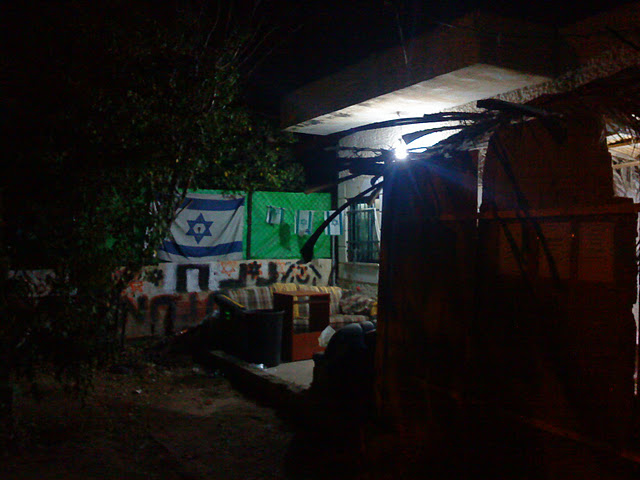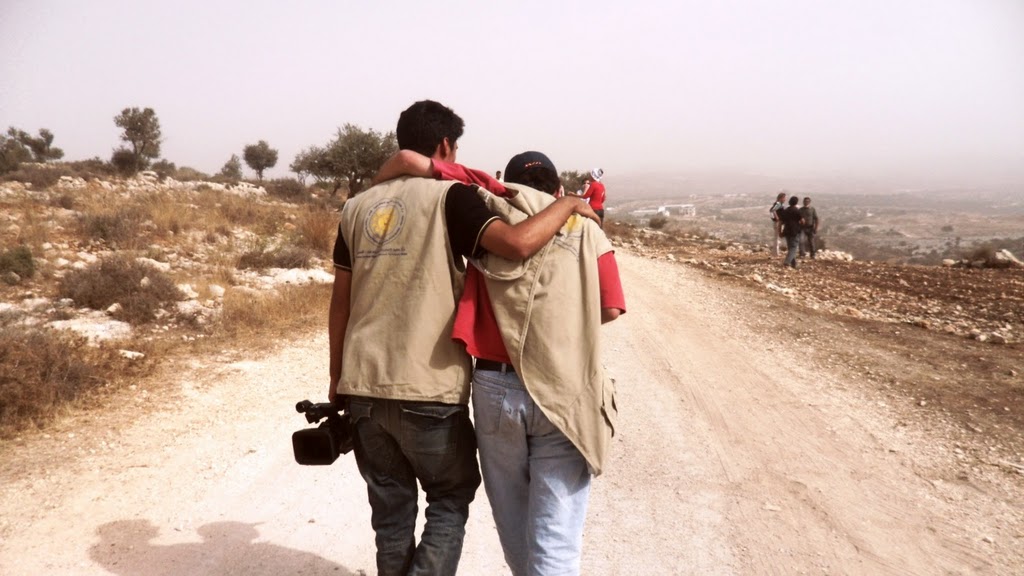Category: Journals
-
Welcome to the settler party
by Jenna Bereld 28 October 2011 | International Solidarity Movement, West Bank As I pass, my Palestinian scarf is hidden in my bag – I do not want to get any spit on me tonight. Around the tomb of Shimon HaTzadik, the festival is going on. The settlers have built a stage, erected a huge…
-
Fishing in Gaza – no day at the beach
24 October 2011 | Notes from Behind the Blockade I saw an Israeli naval warship for the first time yesterday, a concrete monster the color of ash, guzzling up the Mediterranean and spurting it out in its wake. I rose early to go out with the Oliva, a small white boat used by Civil Peace…
-
Ashraf Abu Rahmah was arrested for being himself
23 October 2011 | International Solidarity Movement, West Bank To some soldiers of the Israeli army, staying alone, being quiet, and carrying a flag is a crime. To them, people who act in that way should be arrested. At least we can come to that conclusion when we think about the arrest of Ashraf Abu…



